The country is taking steps aimed at strengthening the domestic market and reducing external dependence. For example, Tata Steel increased its crude steel production by 7% in the second quarter of 2025 to meet domestic demand, particularly in the automotive and infrastructure sectors. Jindal Stainless opened India’s first stainless steel plant, with an investment amount of INR 125 crore (approximately USD 14.1 million), aiming to expand its high value-added product capacity and reduce dependence on imports.
In addition, the government launched anti-dumping investigations against steel imports from China, Indonesia, and Vietnam to protect local producers from low-priced imported products. These measures have a supportive impact on domestic production, especially in the flat and stainless steel segments.
Although domestic deliveries have increased despite seasonal monsoon rains, demand still remains insufficient. While the sector experiences activity in production and investment, small and medium-sized producers operating particularly in the long and wire product segments are partially reducing their output due to stock pressure. Despite new plant investments and rising production capacity, the purchasing power of domestic end-product manufacturers does not keep pace with the production rate. The main reasons for weak demand are cash flow challenges and limited purchasing capacity.
China’s plans to limit its production capacity during 2025–2026 are accelerating India’s protectionist measures against cheap imports. This is leading to increased demand for Indian steel, especially in Southeast Asia and the Middle East. Thanks to domestic production investments and infrastructure spending, India produced 14.1 million tons of crude steel in August. This represents a 13.2% increase compared to the same month last year. During the January–August period, production reached 108.9 million tons, up 10.2%, but prices are likely to remain stable in the short term as demand has yet to fully recover.


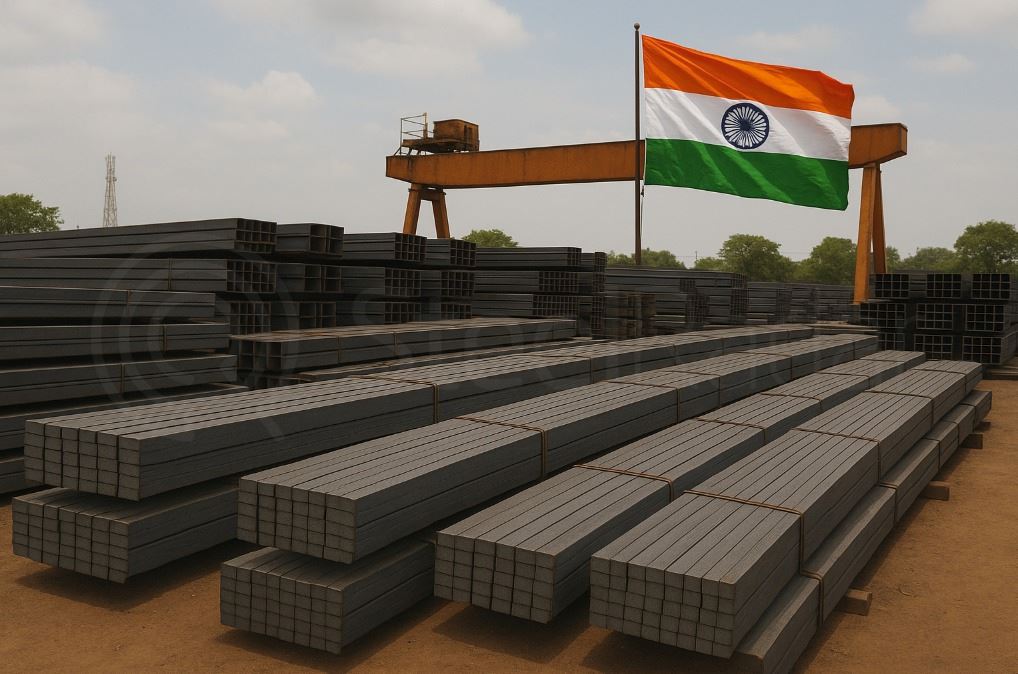
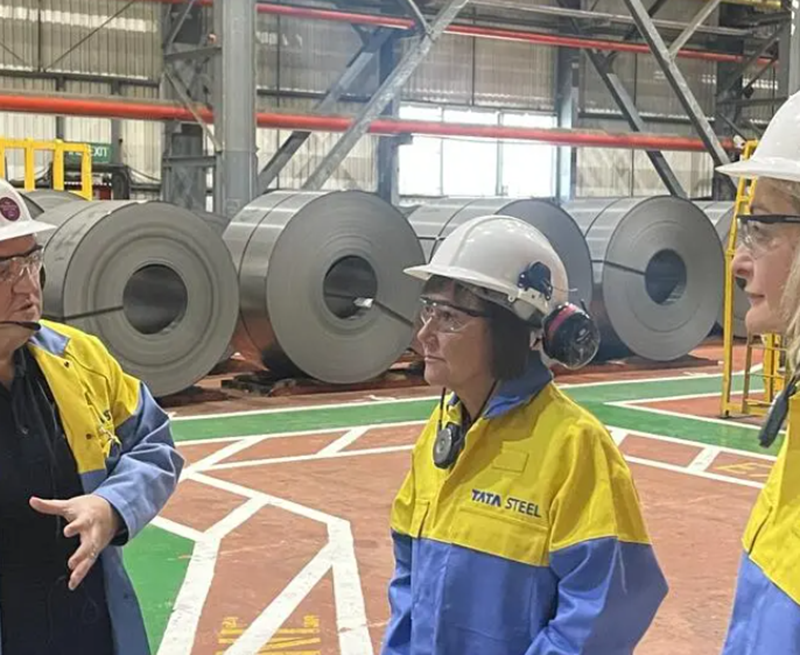
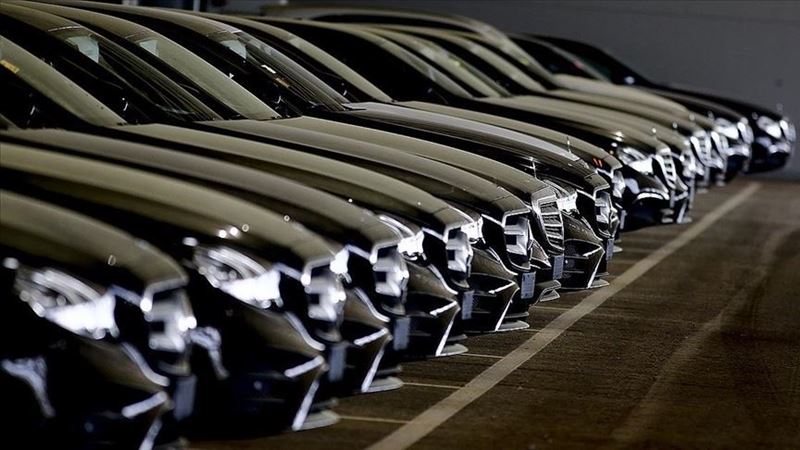
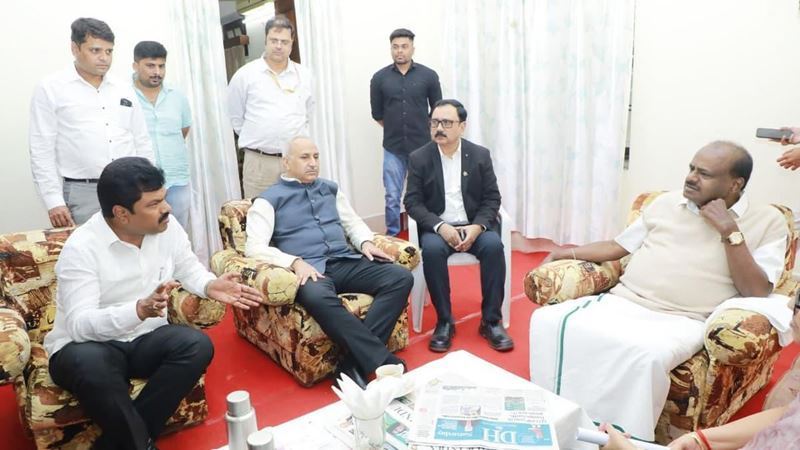

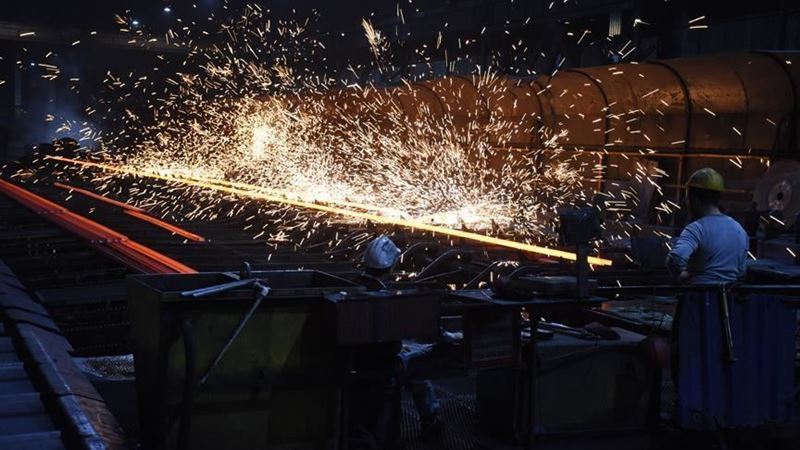

Comments
No comment yet.